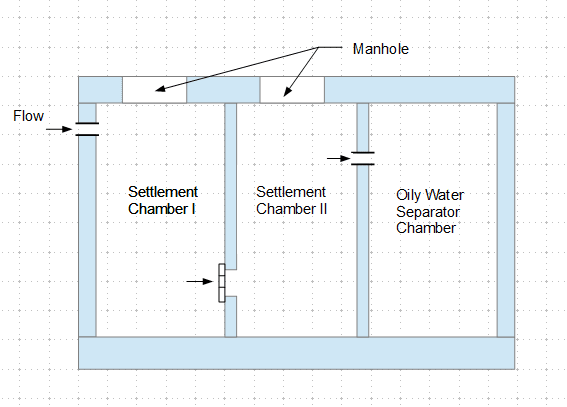Warning from self-service car wash operator blog:
"I had a reclaim system put in brand new in 1991 at my one self-serve washes. It was an eternal nightmare!! The first 6 months were great, after that it was all down hill. The water ended up smelling so bad I almost lost my entire business. Once I disconnected the reclaim, it took me 4 years to gain back 60% of my customer base. The cars would come out clean, but would smell like a sewage treatment plant. Then the cars ended up with actual road salt residue during the winter. The chemicals ate everything in the equipment room. All the copper is a brown green. Any exposed black pipe is rusted. Even the electronics in the equipment room started to fail. IMO, reclaim flat out does not work properly in a true self serve location. You absolutely have NO control over what is being washed down the drain. Your distributor is right, do not hook up the self serve bays, you will regret it.
On the other hand, the in-bay automatic's (IBA's) are a definite. Depending on your type of wash, you are looking at 60 to over 100 gallons of water for each car washed. The numbers add up quickly. The IBA's are in a controlled environment. Depending on you door setup, most people are not going to dump anything in the IBA, it would take too much effort. The SS bays are another story. Think about it, 5 quarts of oil, or motor home sewage down the drain. Paint, sheet rock debris, certain oils in the mud from mudders. Too many unknowns. You also can't control what function the customer would end with. For me it's a 60-40 split on rinse and HP wax. The only thing you could reclaim would be HP soap/water. Foam brush, tire cleaner, pre soak etc. do not use enough water to justify using reclaim in them. That only leaves HP soap/water. Customers only use it 35-40 % of all the cycles. You would only be reclaiming that much. 2 bay SS, not worth the hassle.
Even with today's technology I would be reluctant to put SS water into the reclaim. You can pretty much predict what you get in the reclaim from your IBA but in a SS you can expect more oil residue and other foreign matter that you have little or no control over. There is no way you should use reclaim in your SS as has already been stated."
Only 35-40% of the water in a self-serve is reclaimable. Evaporation and carry-out water are also higher on self-service systems. Self-serve car wash use much less water than in-bay automatic systems. The relatively low water usage of self-serve facilities resulted in suggestions for reducing the size of nozzles, with minor but measurable savings as a result.
Car Wash Org
Example of water reclaim system:
Reclaim system
You will probably need to find a local representative for sales/service.

